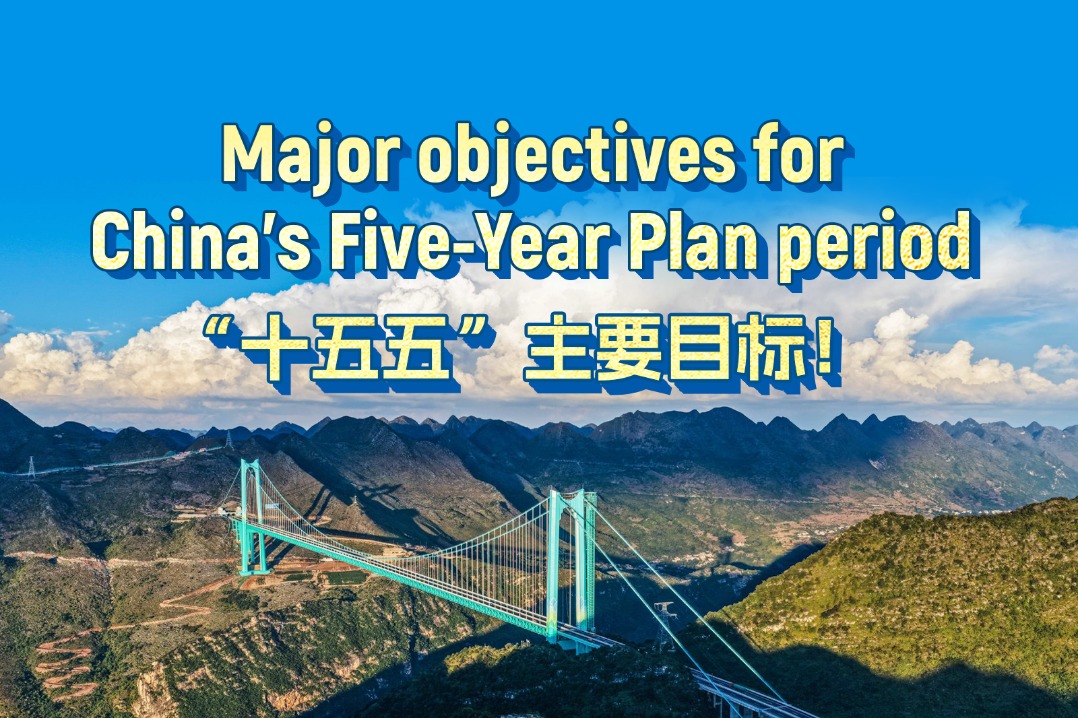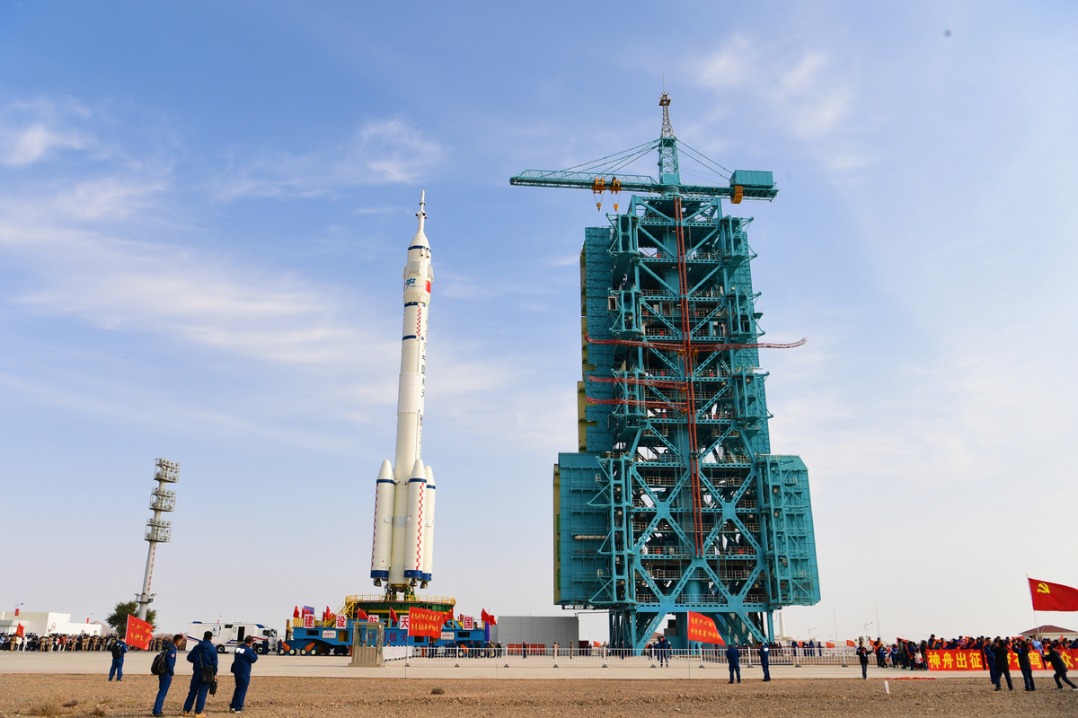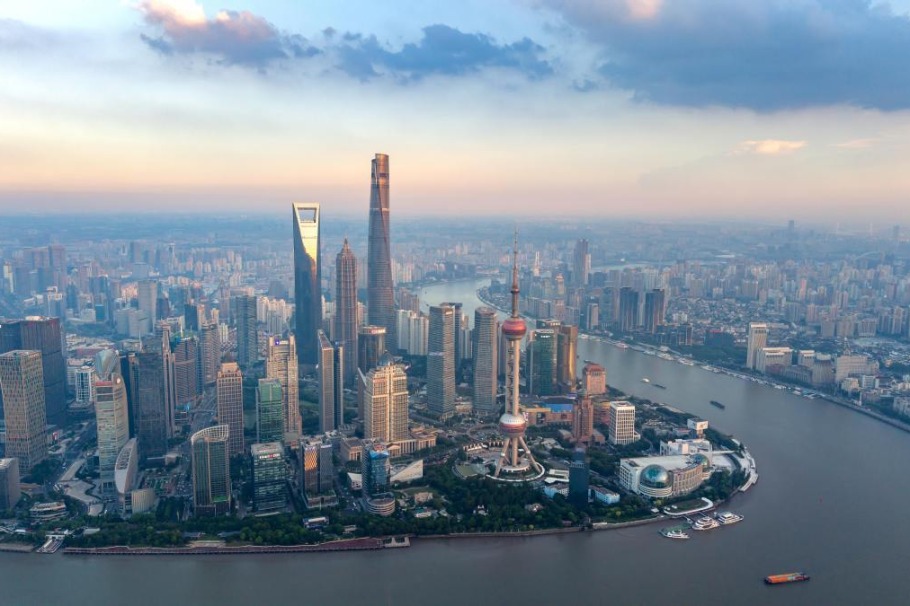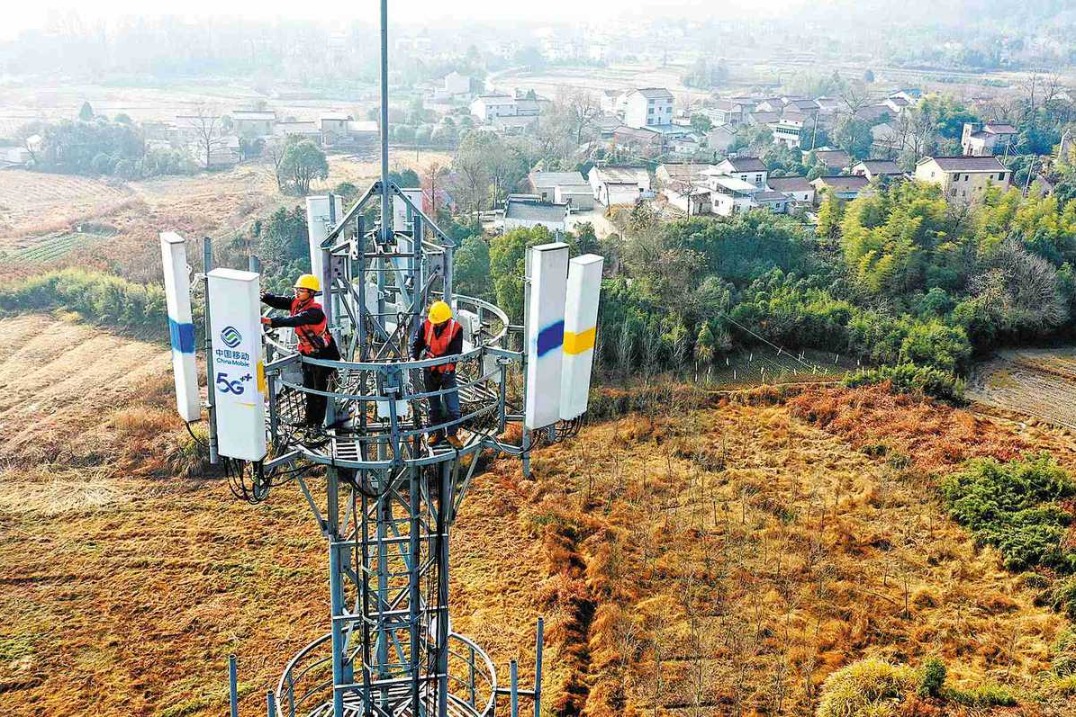CPC Guidelines for Governing Xinjiang in the New Era: Practice and Achievements
The State Council Information Office of the People's Republic of China September 2025

VII. High-Quality Development and High-Standard Opening Up
In the pursuit of Chinese modernization and common prosperity, none of the nation's 56 ethnic groups should be left behind. Xinjiang has fully, accurately and faithfully applied the new development philosophy and actively contributed to and been integrated with the new development dynamic. The region continues to drive deeper all-round reform and wider high-standard opening up. The foundation for Xinjiang's stable economic and social development has been strengthened, the momentum for growth has been accelerated, and the new development quality and efficiency have been substantially enhanced. Overall, Xinjiang has made solid progress in advancing Chinese modernization.
Sustainable, sound and rapid economic development. By focusing on its strategic positioning in the nation's overall development, and upholding the integrity of innovative, coordinated, green, open and shared development, Xinjiang has been fully committed to high-quality development, seeing significant improvement in its overall economic strength and historic leaps in multiple indicators. The region's GDP increased from about RMB749.95 billion in 2012 to more than RMB2.05 trillion in 2024, exceeding the threshold of RMB2 trillion for the first time with an annual growth rate of 7 percent at constant prices. Its per capita nominal GDP increased 2.3 times from RMB33,495 in 2012 to RMB78,660 in 2024. The revenue in the general public budget jumped from nearly RMB90.9 billion in 2012 to nearly RMB240.97 billion in 2024, representing an average annual growth of more than RMB10 billion.
Continuous efforts have been made to optimize Xinjiang's industrial structure. In 2012, the shares of the primary, secondary and tertiary industries were 16.1 percent, 44.3 percent, and 39.6 percent respectively, and in 2024, the figures were 12.5 percent, 39.6 percent, and 47.9 percent. The interconnected and complementary development between the Urumqi-Karamay-Changji Area, northern Xinjiang, eastern Xinjiang, and southern Xinjiang is now fully coordinated. Measures to accelerate new urbanization and advance the regional economic planning and spatial planning for high-quality development have been put in place. The proportion of permanent urban residents in Xinjiang rose from 44.22 percent in 2012 to 60.36 percent in 2024, up by 16.14 percentage points.
Improved infrastructure. To optimize infrastructure layout, structure, functions, and system integration, Xinjiang has made overall planning for the construction of 10 networks covering railways, highways, aviation, power, natural gas, logistics and computing. Transportation has been largely improved in the region. The operating mileage of railways totaled 9,202 km as of 2024 — up from 4,914 km in 2012. This network now reaches all prefectures, as well as over 80 percent of county-level administrative regions. The highway network has also grown, from 165,900 km in 2012 to 230,000 km in 2024. All prefectures in Xinjiang are now accessible by highway, as are more than 90 percent of administrative regions at county level. The number of civil air routes in Xinjiang now totals 595, of which 25 are international routes, connecting to 17 countries and regions. A network of air routes covering entire Xinjiang and radiating to the east and west has now basically formed. The first, second, and third channels consistently transmit locally generated electricity to other parts of the country, with 750 kV transmission lines extending more than 12,000 km and delivering in excess of 100 billion kWh of electricity to 22 provinces and equivalent administrative units for five consecutive years. Information highway is also taking shape, with optical cables now extending 1.78 million km. All of its counties are connected with 1000M fiber optic networks, towns with 5G networks, and villages with broadband networks.
Cluster effect of the modern industrial system. Focusing on national strategic needs, and leveraging its natural resources and industrial capabilities, Xinjiang has accelerated efforts to develop a modern industrial system with its own unique advantages. The region is also rapidly emerging as a national base for high-quality agricultural and livestock products. In 2024, grain yield per unit area reached 7872.75 kg/ha, the highest in the country. The total food output surged from nearly 15.18 million tonnes in 2012 to 23.3 million tonnes in 2024, up 53.6 percent. Xinjiang's cotton output of about 5.69 million tonnes accounted for 92.3 percent of the national total in 2024, maintaining its position as the country's top producer for the 32nd consecutive year. The mechanization rate in plowing, planting, and harvesting has reached 97 percent. Xinjiang is accelerating efforts to build itself into a strategic base of the nation's energy resources. In 2024, the oil and gas production equivalent reached 66.64 million tonnes, and the raw coal output stood at 543 million tonnes. Installed capacity of electricity hit 192.7 million kW in 2024, of which capacity from new energy sources surpassed 100 million kW. The Urumqi-Changji-Shihezi photovoltaic cluster was put on the list of national advanced manufacturing clusters.
Xinjiang fosters its new quality productive forces in light of local conditions. A talent development fund of RMB10 billion was set up to promote the integrated development and reform of education, talent, and science and technology. The Xinjiang Research Institute of Huairou Laboratory has been put into operation, and the National Innovation Center for Wind Power Generation has been officially launched. Exceeding 10,000 m, the Tarim Oilfield's ultra-deep drilling is now the deepest in Asia. The Xinjiang-to-Chongqing Computing Resource Transfer project was listed as the pilot project for coordinated development of computing and power, and the region's first intelligent computing center has been established and put into use. The Urumqi-Changji-Shihezi national innovation demonstration zone is continuing to improve its leading role, while other five new high-tech industrial development zones have made substantial progress. The region continues to improve its support for high-quality enterprises, developing 11 single-product champion enterprises in the manufacturing sector, 52 exemplary specialized enterprises that use advanced technologies to produce unique and innovative products, and 2,742 high-tech enterprises as of the end of 2024.
Solid green and low-carbon development. Xinjiang upholds the principle that lucid waters and lush mountains are invaluable assets, and takes a holistic and systematic approach to the conservation and improvement of mountains, rivers, forests, farmlands, lakes, grasslands and deserts, constantly strengthening its capabilities in safeguarding eco-environmental security. The region has made significant progress in improving air quality. In 2024, the proportion of days with good air quality was 78.1 percent in cities at or above the prefectural level. Water management has also improved, as the region moves towards a more efficient and rational use of its water resources. In 2024, the proportion of surface water at Grade III (good water quality) or above reached 95.9 percent. The water supply program in the Tarim River Basin has significantly raised the groundwater level of the lower reaches, thereby promoting the region's coordinated economic and social development with its population, resources, and the eco-environment. Large-scale greening programs have been rolled out in a well-planned manner, including developing shelterbelt networks in northwest, north and northeast China, which has seen the forest coverage rate increase from 4.24 percent in 2012 to 5.07 percent in 2024. Oases area has expanded by 56.6 percent over the past three decades. The battle against desertification on the fringes of the Taklimakan Desert has been stepped up, with the desert now entirely encircled with a sand-blocking green belt stretching 3,046 km — the longest in the world. Xinjiang's accelerated green transformation can also be seen in the region's active efforts to achieve peak carbon emissions and carbon neutrality, with carbon dioxide emissions per unit of GDP continuing to drop.
A core area of the Silk Road Economic Belt. Xinjiang has consciously integrated its regional opening up strategy into the country's overall plan of opening up to the west. Focusing on the construction of "One Port, Two Zones, Five Centers, and One Port Economic Belt", it aims to build a golden channel across the Eurasian continent and a gateway for opening up to the west. Consequently, it has accelerated the development of broader channels for opening up. Xinjiang has established 19 ports, including the Kunjirap Port, which is open all year round. There are 119 bilateral transport routes and 10 multilateral road freight routes. A total of 16,400 freight trains traveled through Xinjiang on the China-Europe Railway Express in 2024, marking the fifth consecutive year that the number of trains on the line had exceeded 10,000. The number of Xinjiang's economic and trade partners also increased significantly from a small handful in the 1950s to 196 countries and regions in 2012, and to 211 in 2024. Trade volume has also expanded, with the total import and export value surging from RMB158.96 billion in 2012 to RMB434.16 billion in 2024, surpassing RMB200 billion, RMB300 billion, and RMB400 billion in 2022, 2023 and 2024 respectively. The platform for opening up has improved further. China (Xinjiang) Pilot Free Trade Zone was approved and set up in October, 2023. Over the following year, more than 9,000 enterprises moved into the Zone, whose total import and export value accounted for over 30 percent of the region's total. The region has also prioritized the construction of the Tacheng Pilot Zone for Development and Opening Up, the Horgos Economic Development Zone and the Kashi Economic Development Zone.
































